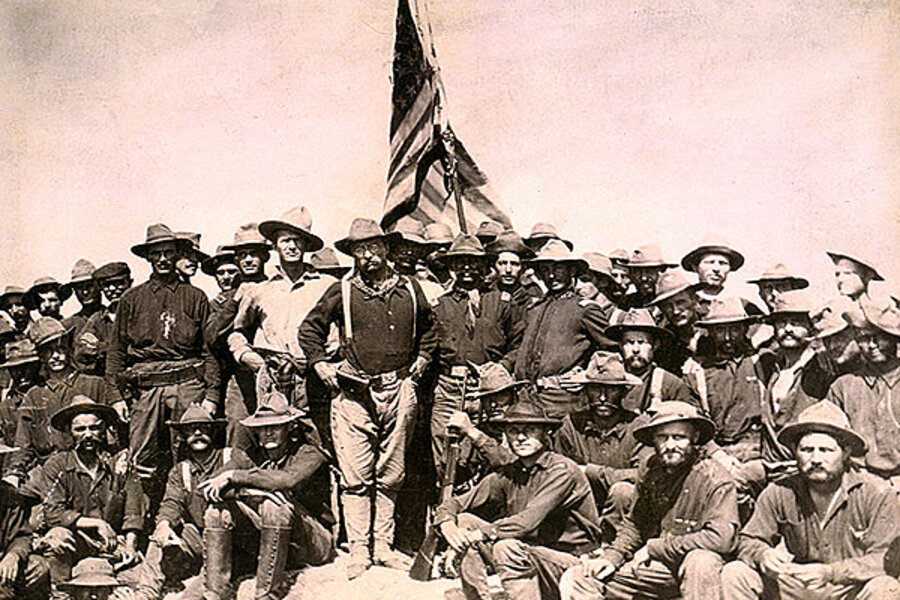Like his fifth cousin, Franklin, Teddy Roosevelt inherited great family wealth. Prominent New Yorkers, the Roosevelts had business and manufacturing interests. Despite losing considerable wealth in a failed cattle ranch in the Dakotas, Teddy Roosevelt survived on an inheritance and trust fund money, as well as book royalties.

US Library of Congress
In this 1898 photograph, Theodore Roosevelt is seen pictured with his Rough Riders at the top of the hill that they captured at the Battle of San Juan.




